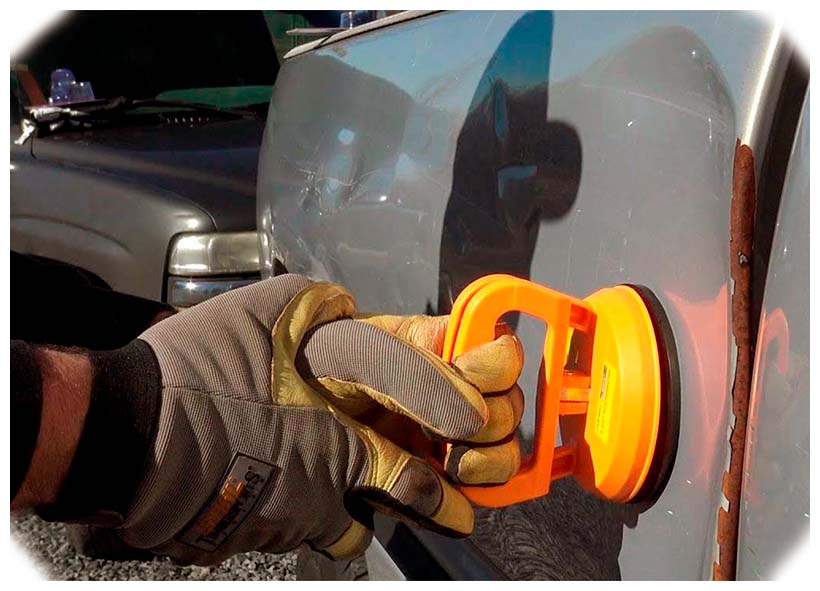Dents in your car can be a major eyesore and a source of frustration. Whether the dent is caused by an accident or an errant shopping cart, you don’t have to live with it. In this guide, we’ll go over the best ways to repair dents in your car quickly and easily. Keep reading to learn how to assess the damage, use heat and cold methods for removing small dents, use a plunger for minor dings, and repair larger dents with body filler.
Assessing the Damage
The first step when repairing a dent in your car is assessing the damage. If you’re not sure what caused it, take some time to inspect it thoroughly before getting started. If the dent is small and shallow with no signs of paint damage or scratches, then you may be able to fix it yourself without professional help. On the other hand, if large chunks are missing from the panel or if there’s major paint damage then you may need to take your vehicle into an auto body shop for repairs.
Heat and Cold Methods for Removing Small Dents
One of the easiest ways to remove small dents from your vehicle is by using heat or cold methods. These are popular methods due to their simplicity, cost-effectiveness, and non-invasiveness. Essentially, they take advantage of the metal’s natural reactions to temperature variations. Heat methods involve using a hair dryer or heat gun to warm up the metal, then pushing the dent from the inside with a flat piece of plastic, such as a credit card. The concept here is that the expansion of the metal under heat makes it more malleable and easier to manipulate back to its original shape. A word of caution: avoid overheating, as it may damage the paint finish.
Cold methods involve applying a bag of ice to the dent until it shrinks and contracts enough to pop out. The principle at work here is that the sudden cold can cause the metal to contract, effectively making the dent retract on its own. Care should be taken to protect the surrounding paint and bodywork from potential frost damage when using this method.
 Using a Plunger to Get Rid of Small Dents
Using a Plunger to Get Rid of Small Dents
Another way to repair small dents is by using a plunger. To do this, simply place the plunger over the dent and press down firmly. Move the plunger in circles for several seconds until you start to feel suction, then pull up slowly. If done correctly, this should be enough to remove most minor dents without causing any further damage.
Now, once you’ve successfully removed the dents, you may notice some irregularities on the surface. These can be effectively addressed by a process of block sanding. It’s a meticulous procedure that helps in smoothing out the body surface of your vehicle to perfection. To learn how to master this technique, also read our detailed guide on block sanding.
Repairing Large Dents with Body Filler
If you have large dents that need more than just pushing out from behind, then you may need to use body filler. Start by sanding down around and inside the damaged area until all rust is removed and any paint chips have been sanded away as well. Next, apply body filler over each section of rust or dent until its level with your vehicle’s panels, then wet sand all filler applied with 800 grit sandpaper before priming and painting.
Conclusion
Dents in your car can be a major source of frustration, but with the right tools and techniques, you can repair them quickly and easily. Start by assessing the damage to determine which method is best for you. If it’s a small dent then try using heat or cold methods, or a plunger to get rid of it. For larger dents, use body filler and sanding to repair the damage before painting. With this guide, you should be able to fix any dents in your car without too much hassle!

 Using a Plunger to Get Rid of Small Dents
Using a Plunger to Get Rid of Small Dents
Add Comment